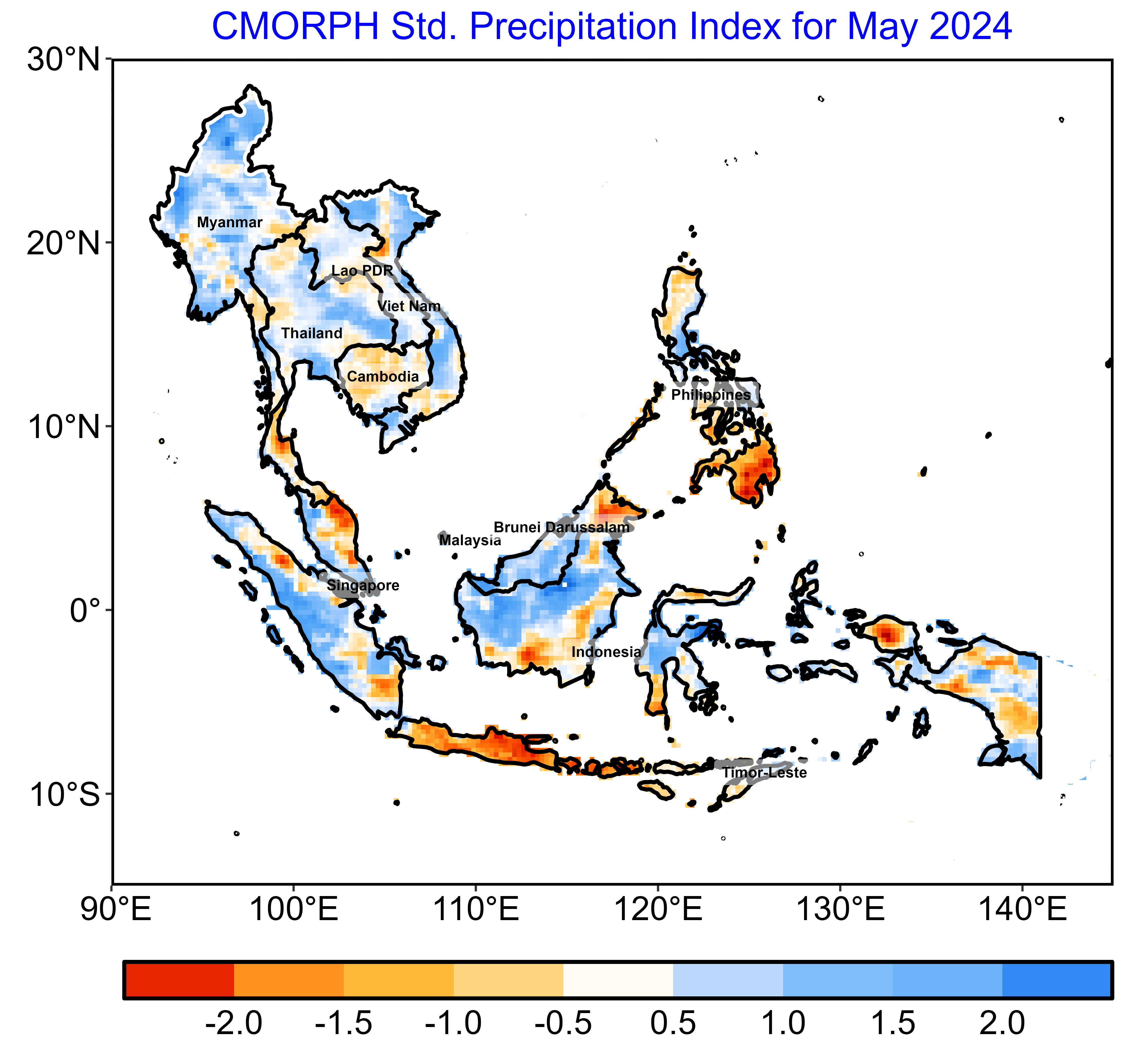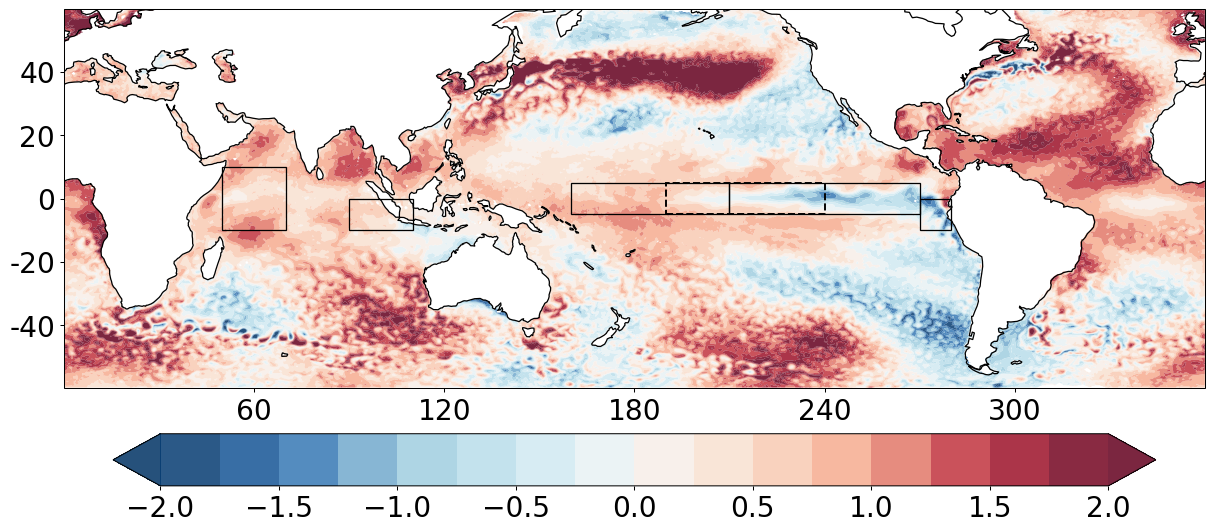
Figure 1: 1-month SPI for May 2024 (reference period, 1991-2020)

Figure 2: SSTA across the Pacific and Indian Ocean for May 2024 (reference climatology, 1991-2020, JMA-iTacs)
Climate Monitoring Node – WMO-RCC-SEA –DOST-PAGASA
CLIMATE WATCH FOR RAINFALL DEFICIENCY – EL NIÑO
Areas of Concern: Java, Indonesia; Sabah, Malaysia and western-central and southern Philippines
Date Issued: June 2024
Sea surface temperatures (SSTs) across the tropical Pacific are now at ENSO-neutral level during the month, with anomalies <0.5°C in the Niño 3.4 region for May 2024. Likewise, the SST anomalies in the western Pacific and over most of the Maritime Continent were near to slightly above average.
Neutral value of IOD was observed during the month, with SSTs over the western equatorial Indian Ocean only slightly warmer than the eastern equatorial Indian Ocean in May 2024.
A Madden–Julian Oscillation (MJO) signal was inactive over much of the first half of May. In the second part of May, an MJO signal emerged over the Indian Ocean which propagated eastwards towards the Maritime Continent. This is characterized by active convection and precipitation over most of the region towards the end of the month.